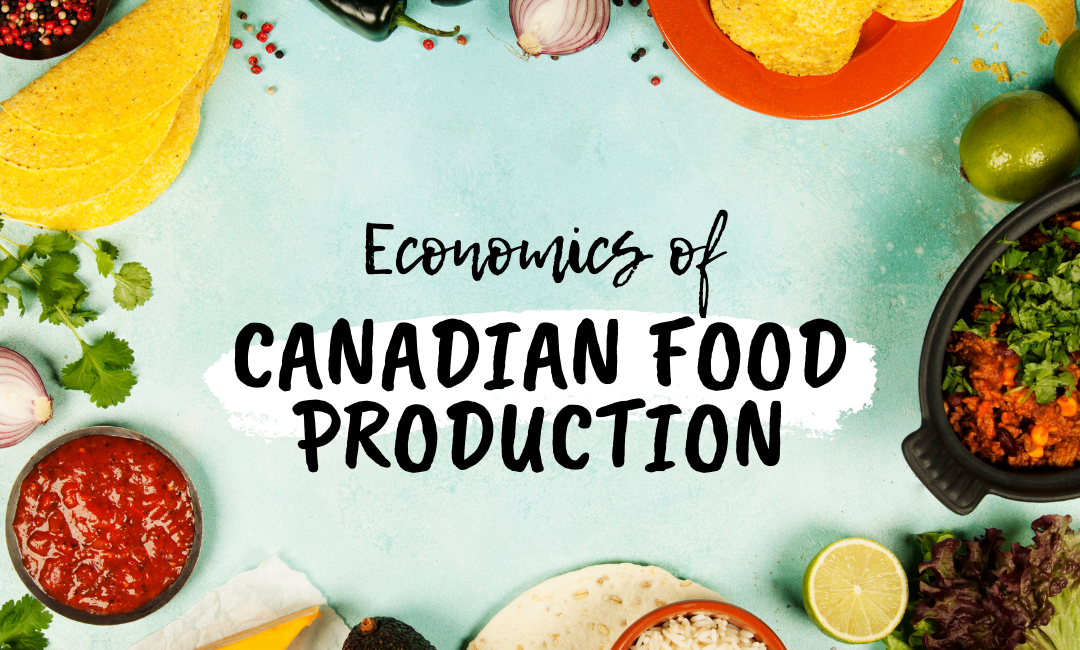Written by: Michael Koy
When a non-Canadian person thinks of Canada, they think of hockey, maple syrup and the cold. None of these matches agriculture, which is strange as Canada is the fifth-largest food producer in the world. As a result, Canada’s food sector is an important part of the country’s economy and potential, but why is this? Size, Size, Size. The size of the country gives it many unique advantages to be a powerhouse in agriculture, as it makes Canada’s climate diverse, gives it near-infinite amounts of land, and a strong labour pool to work the land.
Having a size of 9,984,670 km, Canada is a diverse land not only in terms of population but also climate. For instance, maple syrup is made during the winter-fall months in Ontario and Quebec due to cold temperatures. On the opposite end of the spectrum, many Chinese vegetables can also be grown in the Western Regions of Canada due to its relatively warmer climate. Examples are bok choy and Chinese broccoli.
All of this gives Canada much variety in food choices, and furthermore, the demand is high due to the high levels of diversity in the country. For instance, going back to the Chinese bok choy, the 540,155 people with Chinese heritage keeps the demand for the crop high, and the fact it can be natively grown in Canada drives down the cost as it doesn’t have to be imported from Asia.
In addition, Canada is a huge country which gives it a unique advantage. With much larger amounts of arable land than most countries (especially in the Southern half of Canada), buying farmland in Canada is cheap. For instance, buying 1 acre of farmland in the small UK is 10,000 CAD, while the same size in Canada is a mere 3000 CAD. As a result, Canada’s agriculture sector is far easier to integrate into in contrast with places such as Europe or even the United States, as property is relatively cheap while demand is high.
Furthermore, Canada’s reputation as a country of immigration has the surprising side effect of providing a steady stream of workers to keep the sector afloat. In 2020 alone, 300,000 immigrants entered Canada, many of them searching for employment. Subsequently, the impacts of labour shortages were not as severe in Canada when compared with places such as Europe. However, the flip side of this seeming advantage is the terribly low wages of immigrant employees which has sparked outrage and controversies in recent years.
Despite these unique advantages, Canada still faces many challenges when moving forward into the future. For instance, Canada is slow when adopting new farming technologies, with investments in machinery declining from 3% in 2002, to 2% in 2015. However, the overwhelming advantages of Canada’s farming industry, make the economic potential lucrative, making it a future powerhouse in the global food market. Especially for small scaled farming, the sector has many opportunities to grow, as the relatively cheap farm lands and higher productivity caused by the adoption of new technologies are to the benefit of farmers.
Sources:
https://www.ic.gc.ca/eic/site/098.nsf/eng/00015.html
https://economics.td.com/canadian-agriculture-outlook


